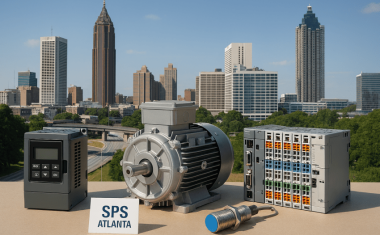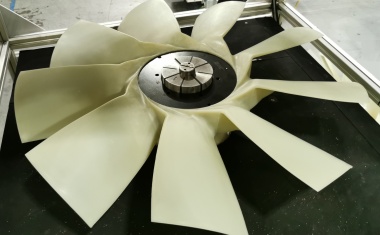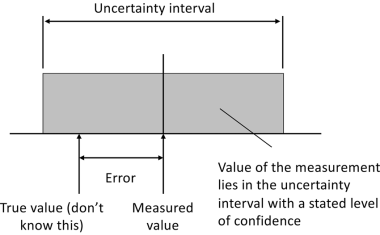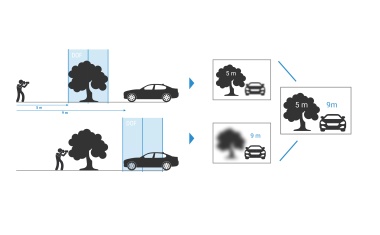CMOS vs. CCD technologies
CMOS is becoming increasingly popular, but CCD is far from obsolete. When does which image sensor technology make sense and where do both play out their advantages? So far, CCD sensors still impress with higher image quality and lower noise, whereas CMOS sensors score in terms of energy consumption and smear and blooming effects. With more choice of global shutter sensors, CMOS continues to catch up.
CCD and CMOS differ fundamentally in their architecture. In a CCD sensor, the charge is transported across the entire chip and read in one corner of the array. An analog-to-digital converter converts each pixel into a digital value. In contrast, in most CMOS sensors, there are multiple transistors for each pixel that amplify the charge and transport it using traditional conductors. The CMOS approach is more flexible because each pixel can be read individually.
So far, CCD (charge-coupled device) sensors still achieve higher quality, produce images with lower noise, and offer higher sensitivity. Their manufacturing process is more mature and they have higher resolution. Nevertheless, CMOS sensors also have their advantages: CMOS (Complementary Metal-Oxide-Semiconductor) traditionally consumes less power, they are less expensive because they are cheaper to manufacture, and smear as well as blooming effects are not an issue with CMOS sensors.
Point Grey estimates that the market is currently roughly divided into 75 percent CCD versus 25 percent CMOS technology. In machine vision, CCD use is still more common to date due to its high imaging quality and low readout noise.
Both technologies continue to develop
Both sensor technologies have evolved in recent years. On the CCD side, for example, we have multi-tap output, improved image performance and higher sensitivity. On the CMOS side, one of the major developments is the growing choice of global shutter CMOS sensors on the market. A traditional camera has a mechanical shutter that lets light in and then closes the shutter to stop further light from entering.
With CCD and CMOS technology, there is a concept of an electronic shutter. One fundamental difference is that CCDs use a global shutter mechanism, which means that all pixels on the CCD are both exposed at the same time and have their exposure stopped at the same time. Conventional CMOS technology, on the other hand, uses a rolling shutter function. This means that the pixels are exposed to light line by line at different times.
Global shutter now also with CMOS
The disadvantage: rolling shutter causes a distortion effect when capturing fast-moving objects. While each sensor line is gradually exposed to light, the object to be imaged is captured by each line in different phases of its motion. This creates distortion artifacts. This has been a problem with the use of CMOS with rolling shutters in cameras for machine vision. However, over the past five years, we are seeing more and more global-shutter CMOS sensors on the market. Just recently, Sony released its version, the IMX174 sensor. This is integrated into Point Grey's Grasshopper3 camera. Like a CCD sensor, it delivers undistorted images. This is one reason why CMOS is becoming more and more widespread and steadily gaining market share. One no longer has to do without the global shutter function that is required in machine vision applications.
Advantages of CCD in medical and life science applications
There are very many applications where both types of technology are important. In general, a need for CCD technology can be seen in life science, as well as in high-end inspection applications - that is, applications where high image quality is required, such as in microscopy - but also in applications where longer exposure times play a major role. Here, CCDs can exploit their advantage of a lower dark current.
Global shutter CMOS in demand for 3D scans
A wide range of applications is opening up for global shutter CMOS technology: From traditional automation inspection of a production line to traffic applications. We are also seeing a lot of interest in many 3D scanner applications. There, CMOS technology is preferred due to lower power consumption and often lower cost. While not impossible, it is more difficult to work with a rolling shutter for 3D scanning. Therefore, a global shutter CMOS sensor is especially worthwhile for any kind of 3D scanning application.










